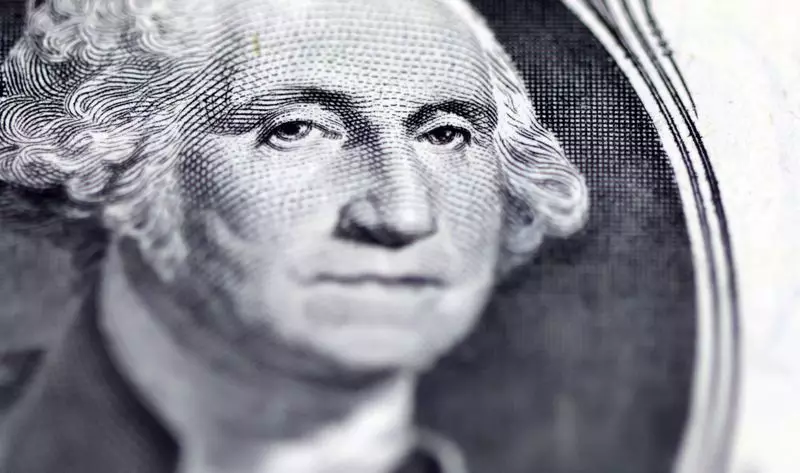The recent surge in the U.S. dollar index signals pivotal shifts in the currency landscape, reaching levels not seen since late 2022. On Friday, the index soared by 0.5%, reaching an impressive 109.67 before peaking at 109.91. This ascent has sparked significant discussion among financial experts, many of whom highlight the implications of this growth. The dynamics surrounding the dollar have been complex, reflecting a blend of economic indicators, market sentiment, and political narratives, notably tied to the potential for a Donald Trump presidency.
The ‘Trump Trade’ Phenomenon
Market analysts have started coining the term “Trump Trade” to encapsulate the implications of his potential return to power. According to Chester Ntonifor, a strategist from BCA Research, the index’s current levels indicate that market participants have largely priced in the expectations tied to Trump’s policies, which historically have been associated with favorable conditions for the dollar. Ntonifor has opined that any further gains beyond the key level of 110 could signify a peak in dollar performance, suggesting it may be time for investors to consider a bearish stance on the currency.
The idea of overvaluation is critical here; Ntonifor’s assertion touches on the concept that after an extended period of strength, the dollar could be headed for a correction. As global economic growth begins to falter, the robust performance of the dollar relative to its peers may not be sustainable.
Furthermore, the global economic environment poses an important backdrop to the dollar’s performance. While U.S. inflation has shown strength, there is a looming sentiment that this phase is nearing its conclusion, particularly as international markets reveal signs of fatigue and slower growth. These factors could modify the Fed’s monetary policy approach, steering it towards a more cautious stance, thereby affecting the dollar’s trajectory moving forward.
This interconnectedness highlights that the dollar’s status is not formed in a vacuum; it is the product of a complex interplay of domestic economic policies and international market trends. As nations respond to the changing economic landscape, fluctuations in currency values can become more pronounced, leading to erosive effects on investor sentiment toward the dollar.
For investors, the recommendation to begin selling the dollar if the DXY exceeds the 110 mark suggests a shift towards a more defensive trading strategy. Recognizing when to act based on market signals will be critical for those who wish to navigate these unpredictable waters. As the dollar index flirts with multi-year highs, the financial world remains on alert, weighing the implications of these trends against an evolving backdrop of geopolitical and economic challenges.
While the U.S. dollar has shown remarkable strength recently, the caution expressed by financial experts points to the possibility of an impending shift. The “Trump trade” may have catalyzed this rise, but attention must now turn to global economic conditions that could temper the greenback’s strength. For prudent investors, the message is clear: vigilance and adaptability will be key as the financial landscape continues to evolve.

